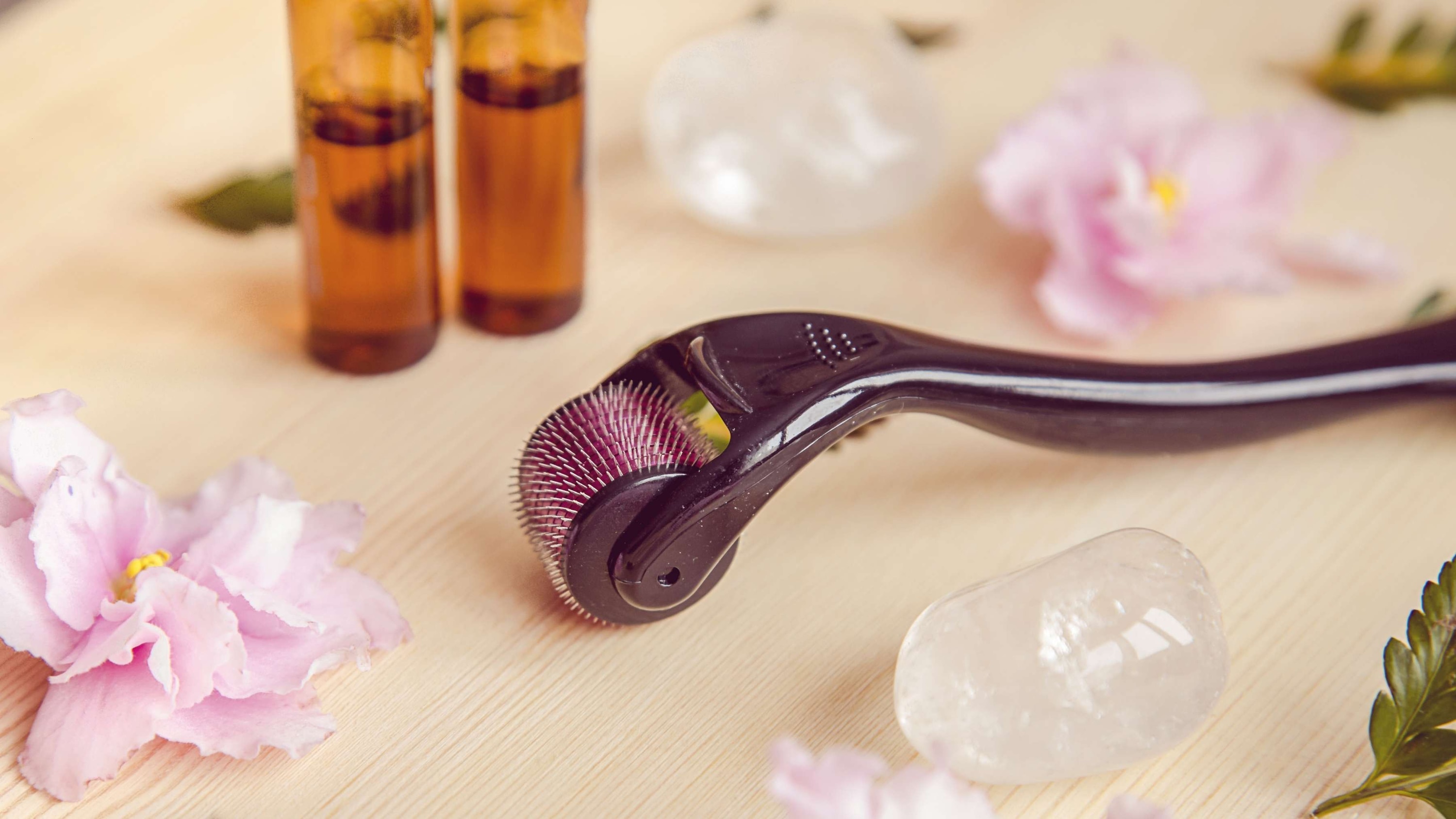- 01 What Is a Derma Roller for Hair?
- 02 Does a Derma Roller Really Work for Hair Growth?
- 03 Key Benefits of Using a Derma Roller for Hair
- 04 How to Use a Derma Roller for Hair Growth (Expert Tips)
- 05 Best Practices to Maximize Results
- 06 Derma Roller for Different Hair Concerns
- 07 Best Derma Roller for Hair Growth: What to Look For
- 08 Side Effects and Precautions You Should Know
- 09 Tips to Minimize Side Effects
- 10 Who Should Avoid It?
- 11 Conclusion
- 12 FAQs on Derma Roller for Hair Growth
From thinning edges to patchy regrowth, hair loss is a growing concern for many. In the quest for fuller, thicker hair, a surprising tool has taken the spotlight: the derma roller for hair. Backed by both science and celebrity buzz, this tiny device has found its place in many hair care routines. Its popularity continues to rise, especially as experts confirm its potential to stimulate hair follicles and enhance scalp health. But before jumping on the bandwagon, it's important to understand how it works, its benefits, risks, and how to use it properly.
01What Is a Derma Roller for Hair?
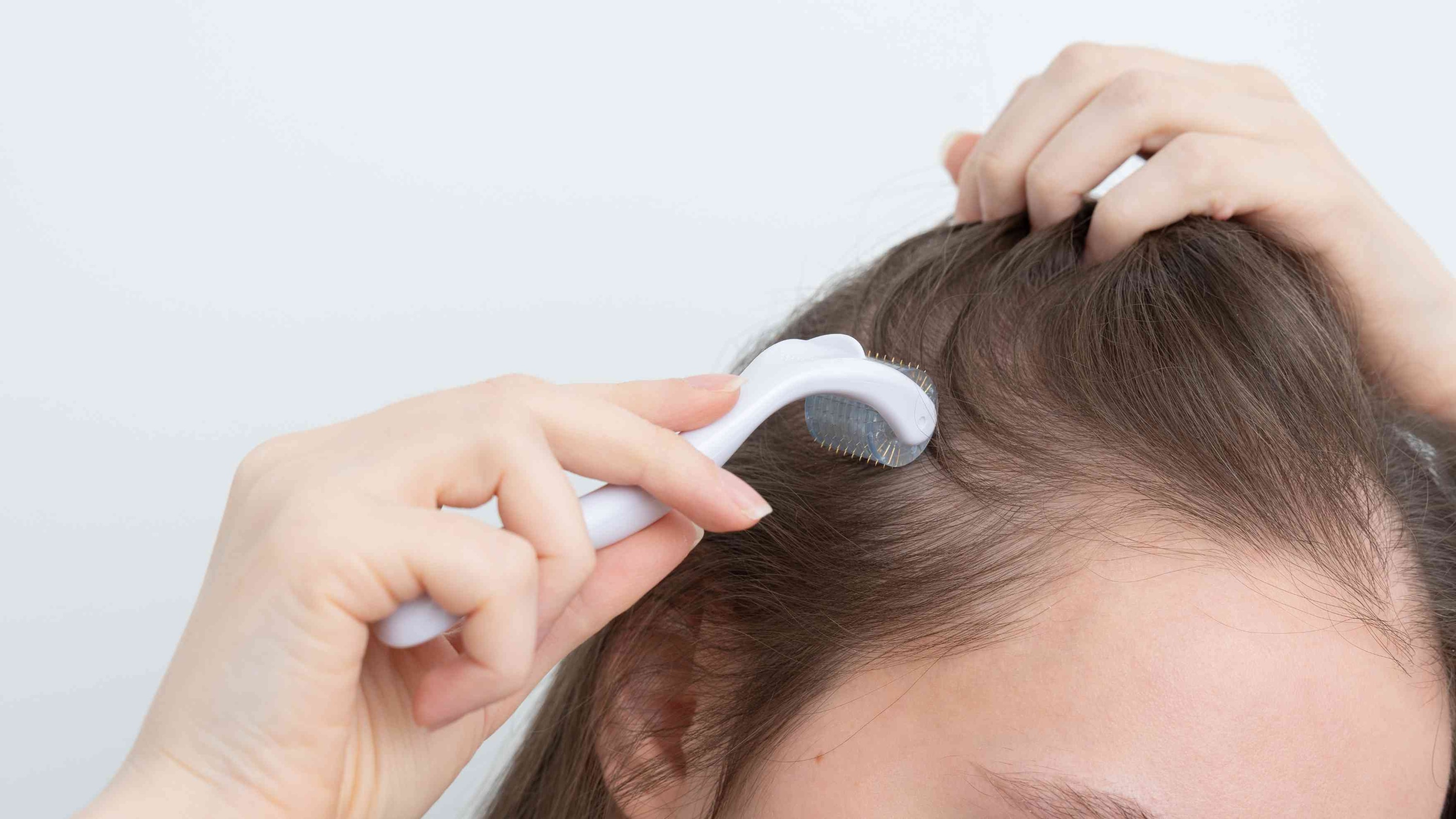
A derma roller is a handheld device with hundreds of tiny, fine needles. When rolled over the scalp, it creates microscopic punctures in the skin, triggering the body's natural healing response. This process, called microneedling, stimulates collagen production and blood flow, both essential for healthy hair growth.
In simple terms, it wakes up your scalp and gives your hair follicles the boost they need to thrive.
02Does a Derma Roller Really Work for Hair Growth?
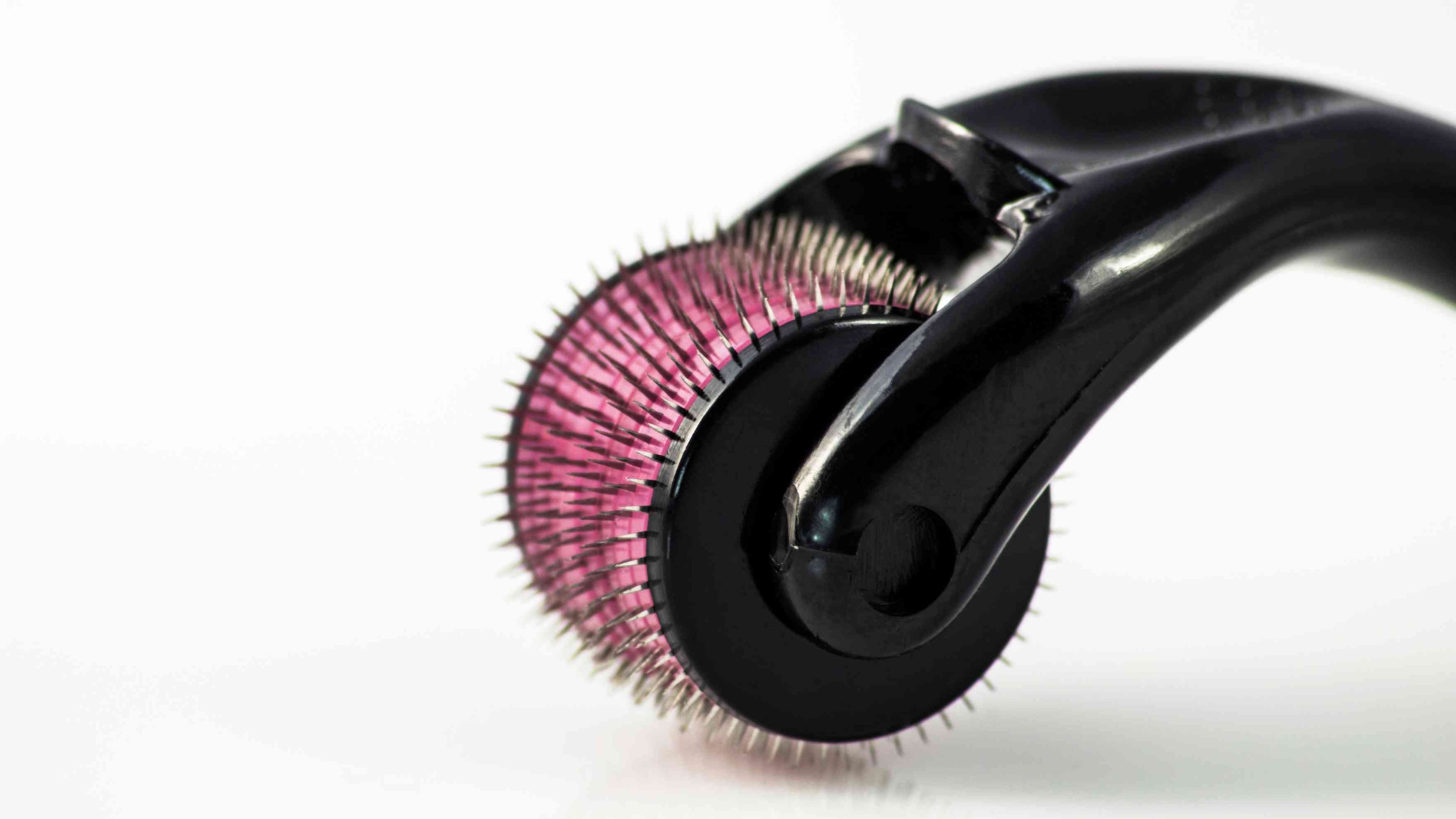
The Science Behind It
Yes—there's growing evidence to support that derma rollers are effective for hair growth. Microneedling promotes increased absorption of topical treatments and stimulates the production of growth factors that help revive dormant hair follicles.
A study published in the International Journal of Trichology found that patients using a derma roller + minoxidil showed significantly better hair regrowth than those using minoxidil alone.
03Key Benefits of Using a Derma Roller for Hair
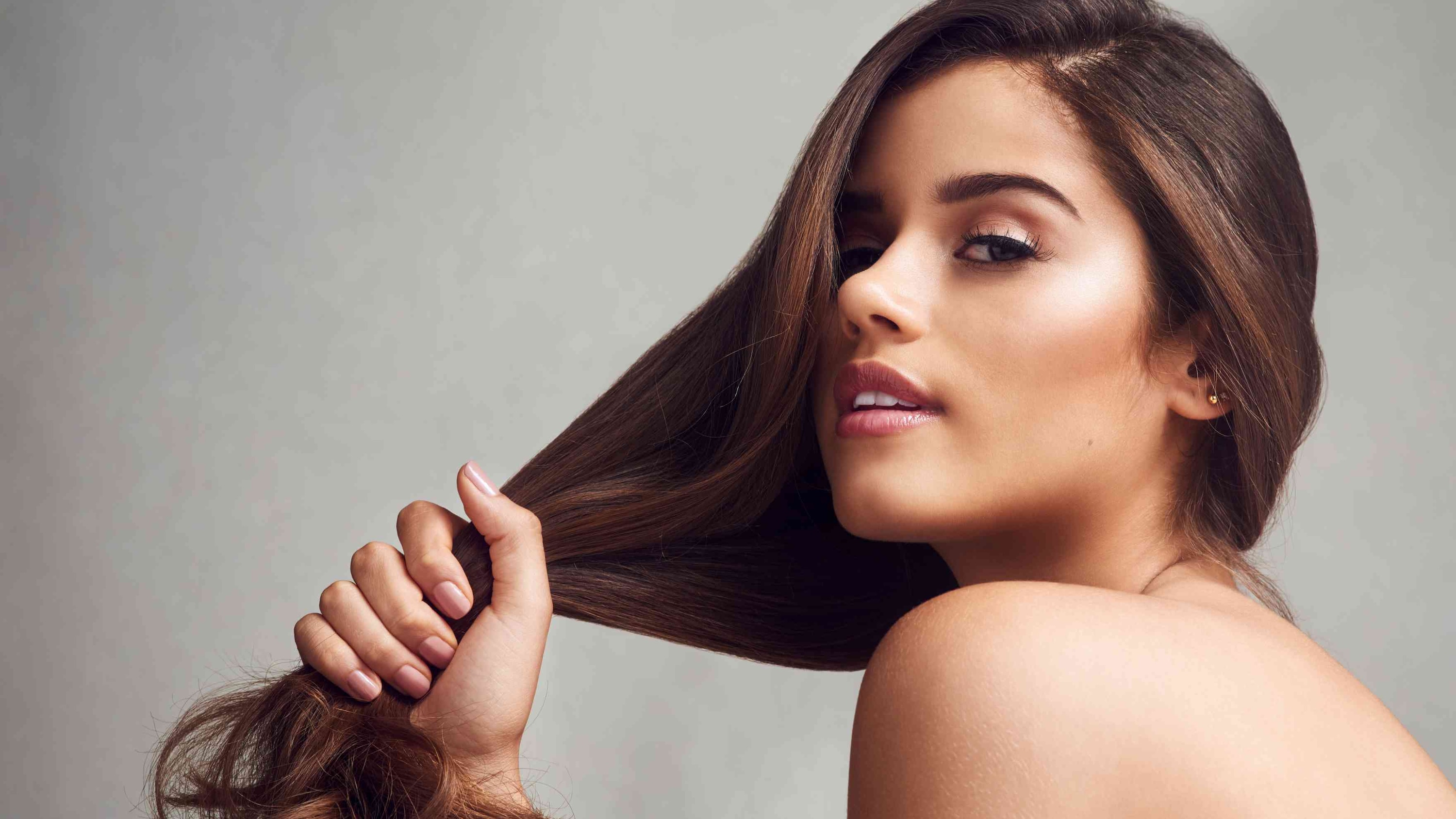
Here are the top derma roller benefits for hair:
-
Stimulates Hair Follicles and Supports Regrowth Microneedling with a derma roller activates dormant hair follicles by creating micro-injuries on the scalp, which trigger the body's natural healing process. This boosts cell turnover and encourages follicles to enter the active growth (anagen) phase.
-
Improves Scalp Circulation Rolling the device across the scalp enhances blood flow to the hair follicles, ensuring they receive more oxygen and essential nutrients. Better circulation can lead to improved follicle health and faster hair growth.
-
Enhances Absorption of Hair Serums and Oils The microchannels created during derma rolling allow hair care products—like oils, serums, or treatments—to penetrate deeper into the scalp. This improves their effectiveness and ensures that active ingredients reach the root level where they're most needed.
-
Encourages Thicker, Healthier Strands Over time, consistent use of a derma roller can improve the overall quality of hair. By nourishing the scalp and stimulating growth factors, the new strands that emerge tend to be thicker, stronger, and more resilient.
-
Reduces the Appearance of Thinning Areas and Bald Patches Targeted microneedling in areas of hair loss—such as the crown or temples—can help reactivate inactive follicles. With consistent use, users may notice increased density and reduced visibility of thinning spots or bald patches.
-
Helps with Postpartum Hair Loss Recovery Many new mothers experience hair shedding due to hormonal changes after childbirth. A derma roller, when used gently and combined with nourishing scalp treatments, can speed up recovery by revitalizing follicles and promoting regrowth.
-
Increases Collagen Production for Stronger Scalp Skin Microneedling stimulates collagen and elastin production in the scalp, improving its strength, elasticity, and overall condition. A healthier scalp creates a more supportive environment for sustained hair growth.
04How to Use a Derma Roller for Hair Growth (Expert Tips)
Using a derma roller may sound intimidating, but with the right technique, it's safe and effective. Here's a guide on how to use derma roller for hair:
Step-by-Step Application
- Choose the Right Needle Size Use a 0. 5mm or 1. 0mm derma roller needle size for hair growth. Smaller sizes are good for beginners and sensitive scalps.
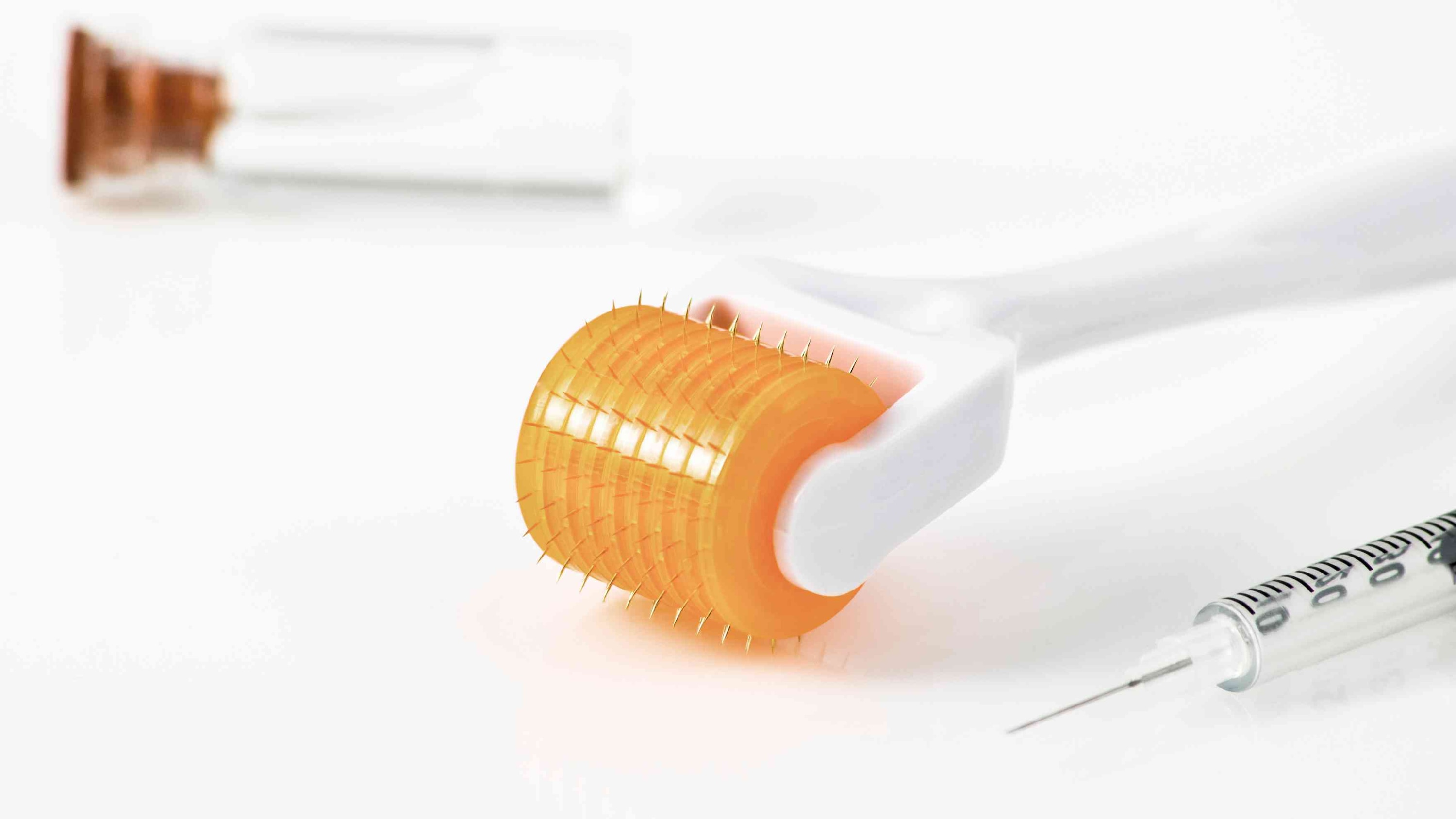
- Start with a Clean Scalp Wash your hair using a gentle shampoo like LBP Natural Argan Oil & Lavender Anti-Frizz Shampoo to remove buildup and excess oil.
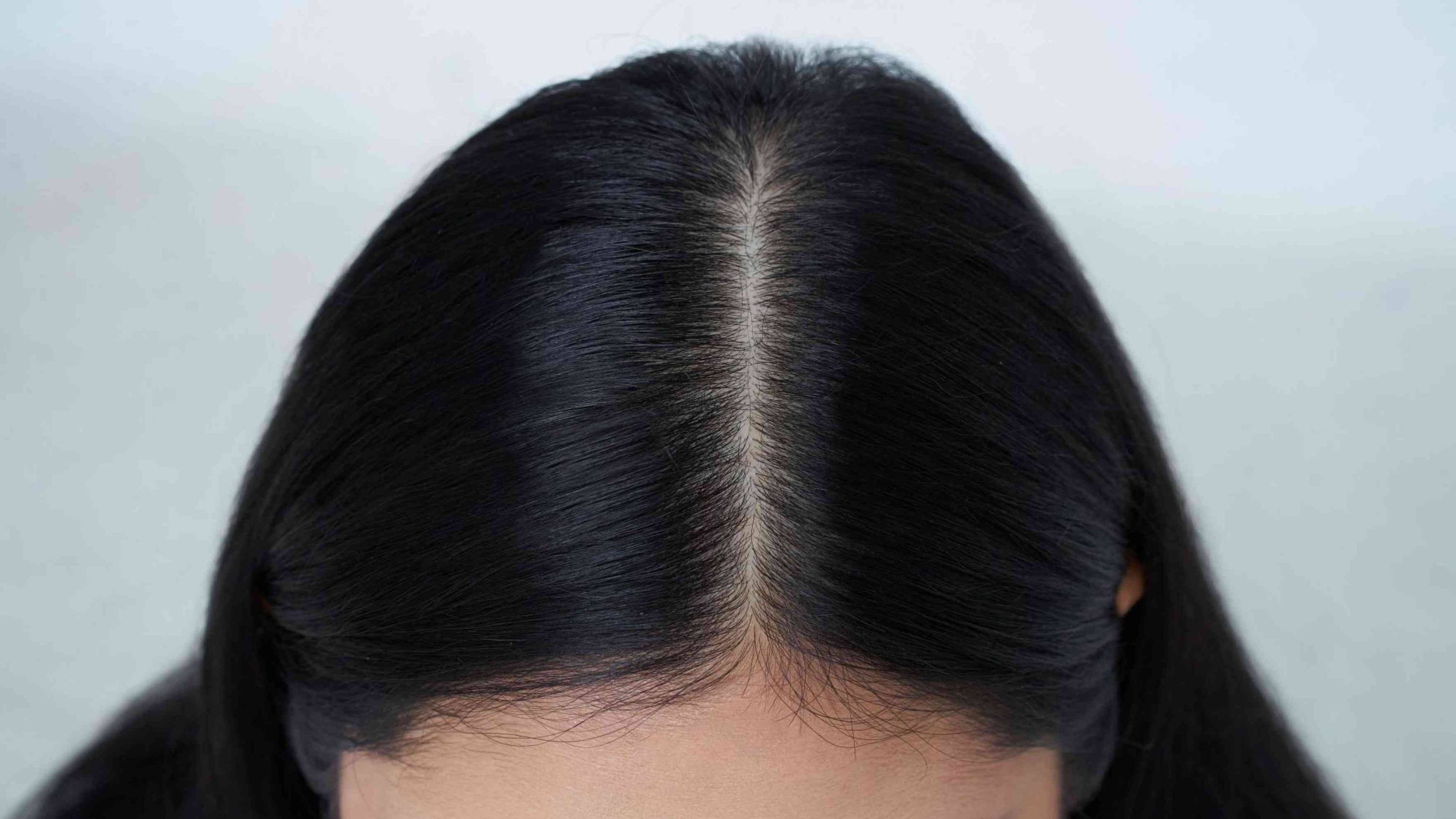
- Section Your Hair Divide your hair into manageable sections to ensure full coverage.
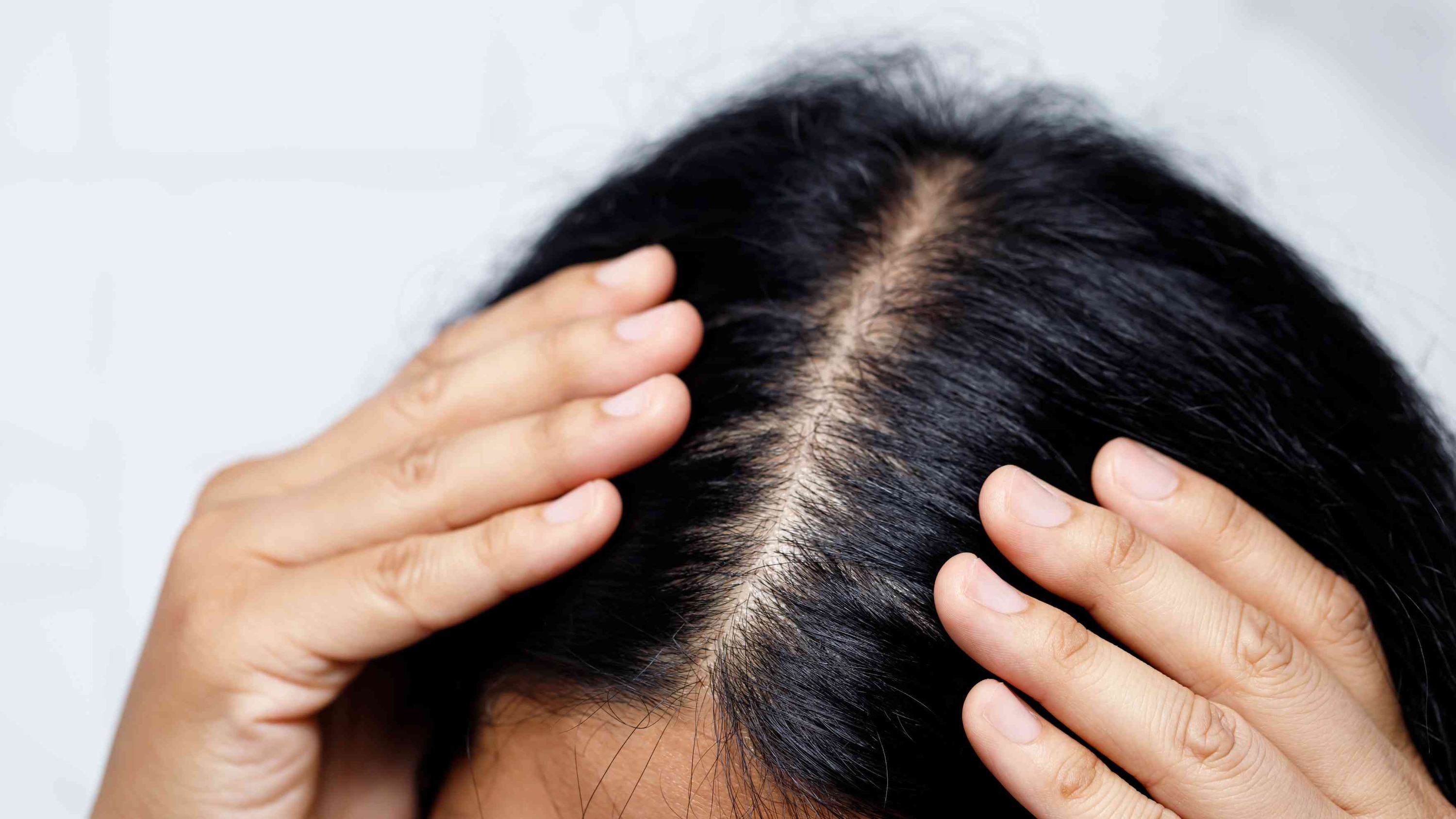
- Roll Gently Roll the derma roller in vertical, horizontal, and diagonal directions 4–5 times in each section. Don't press too hard—gentle pressure is enough.
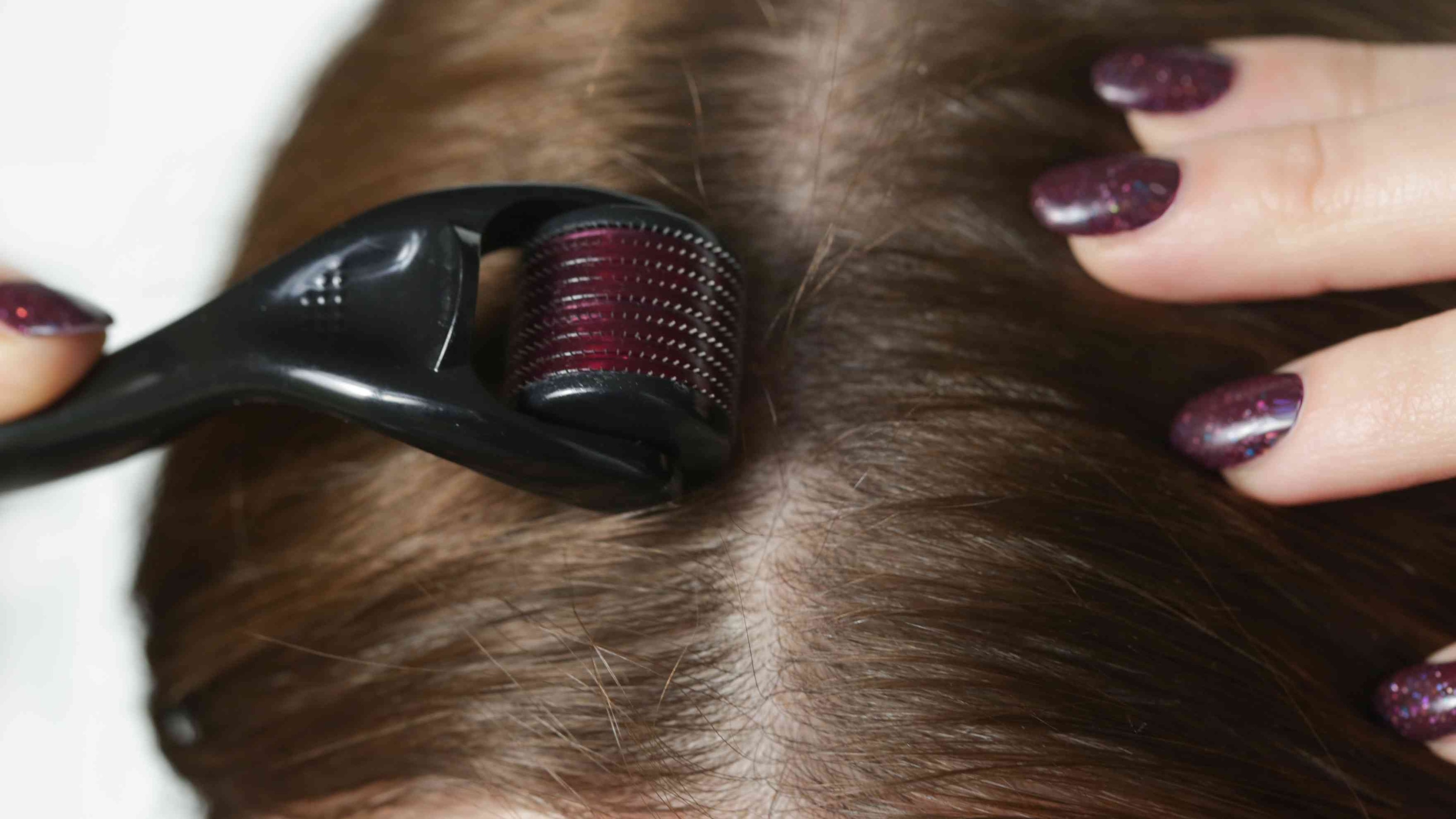
- Apply a Nourishing Oil or Serum Post-rolling, apply LBP Argan Oil & Lavender Hair Mask or oils like rosemary or castor oil to enhance absorption and nourish the scalp.
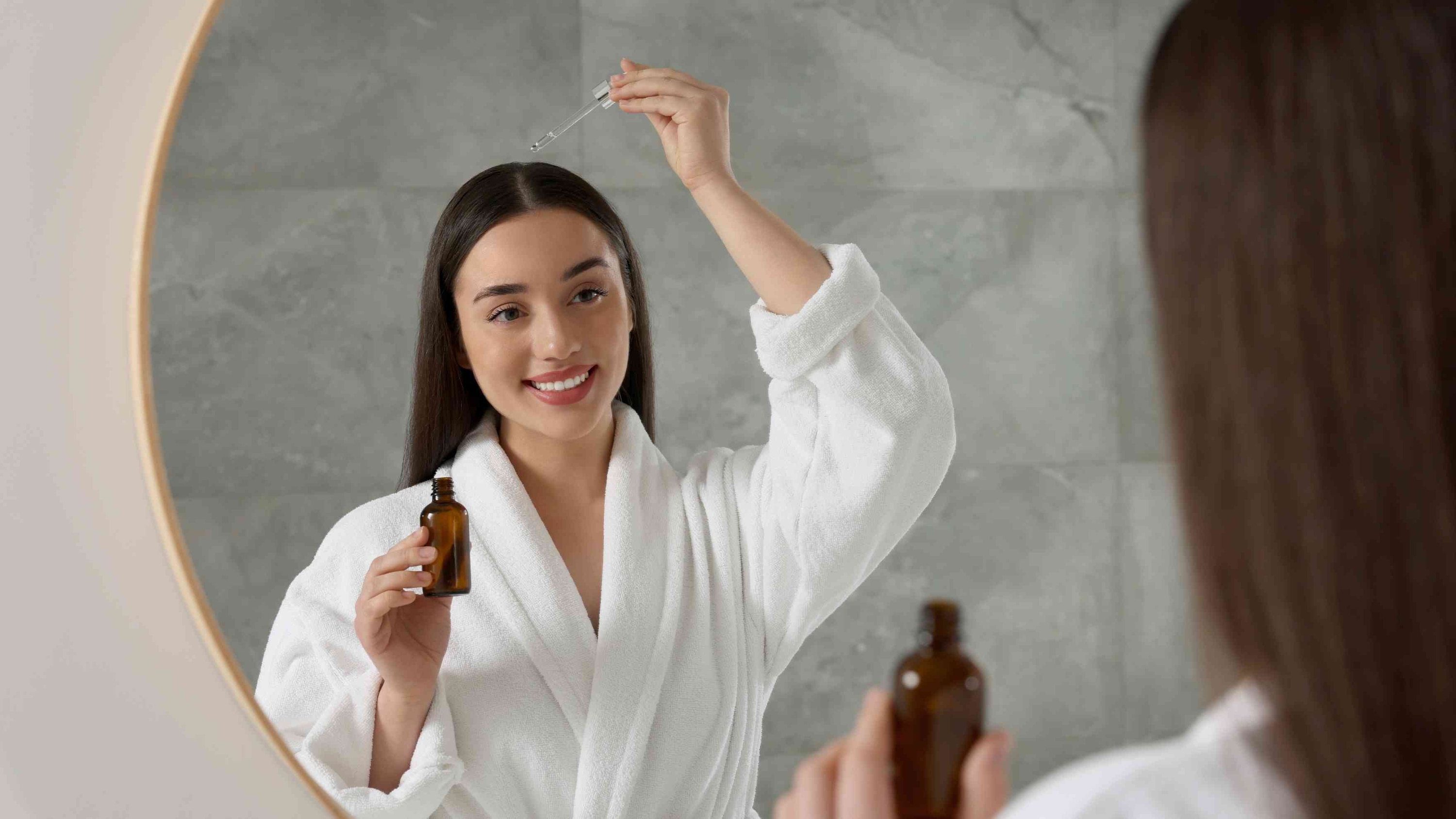
- Moisturize & Seal Rinse the mask and follow up with LBP Natural Argan Oil & Lavender Anti-Frizz Conditioner for softness and hydration.
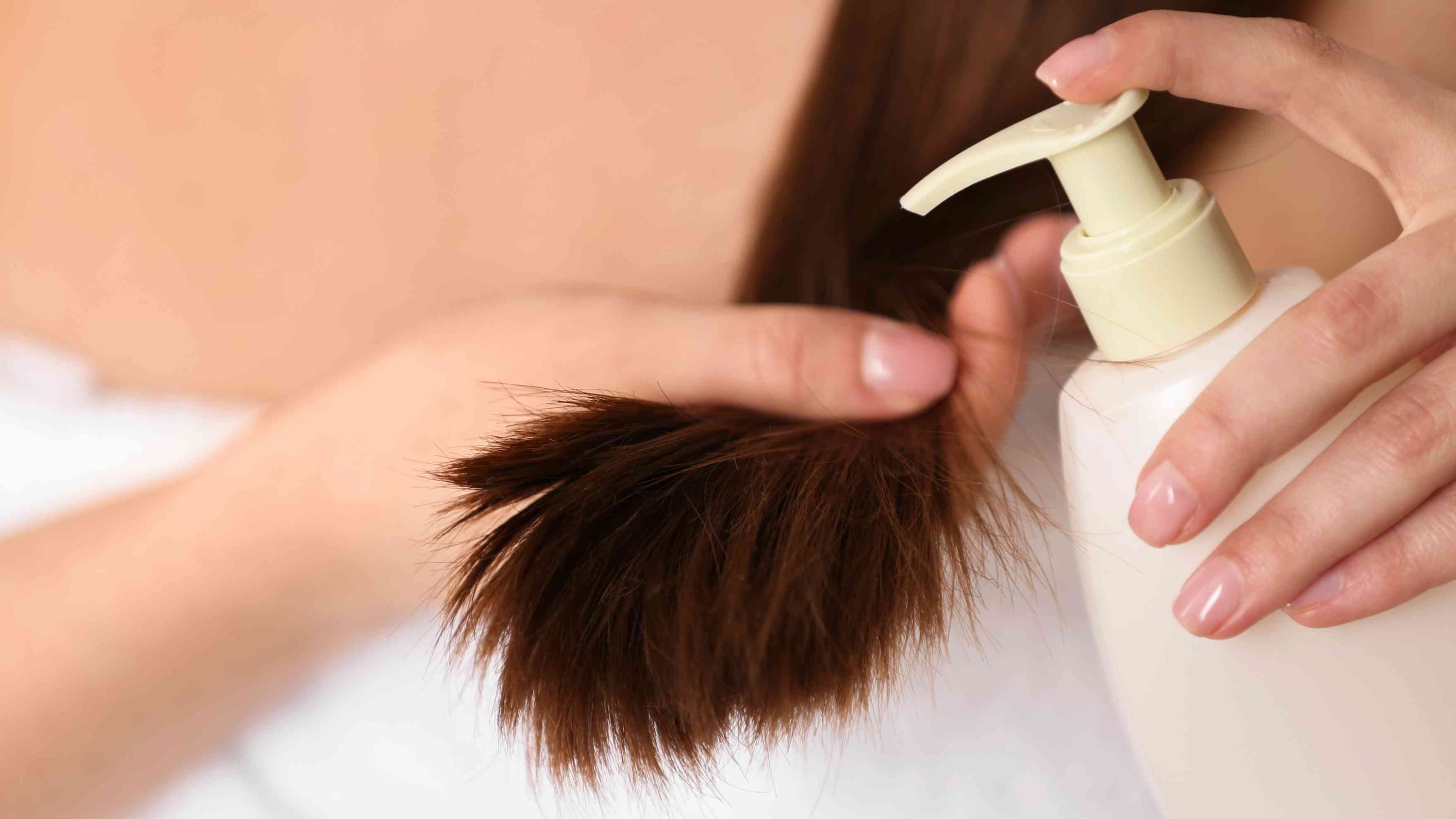
Frequency of Use
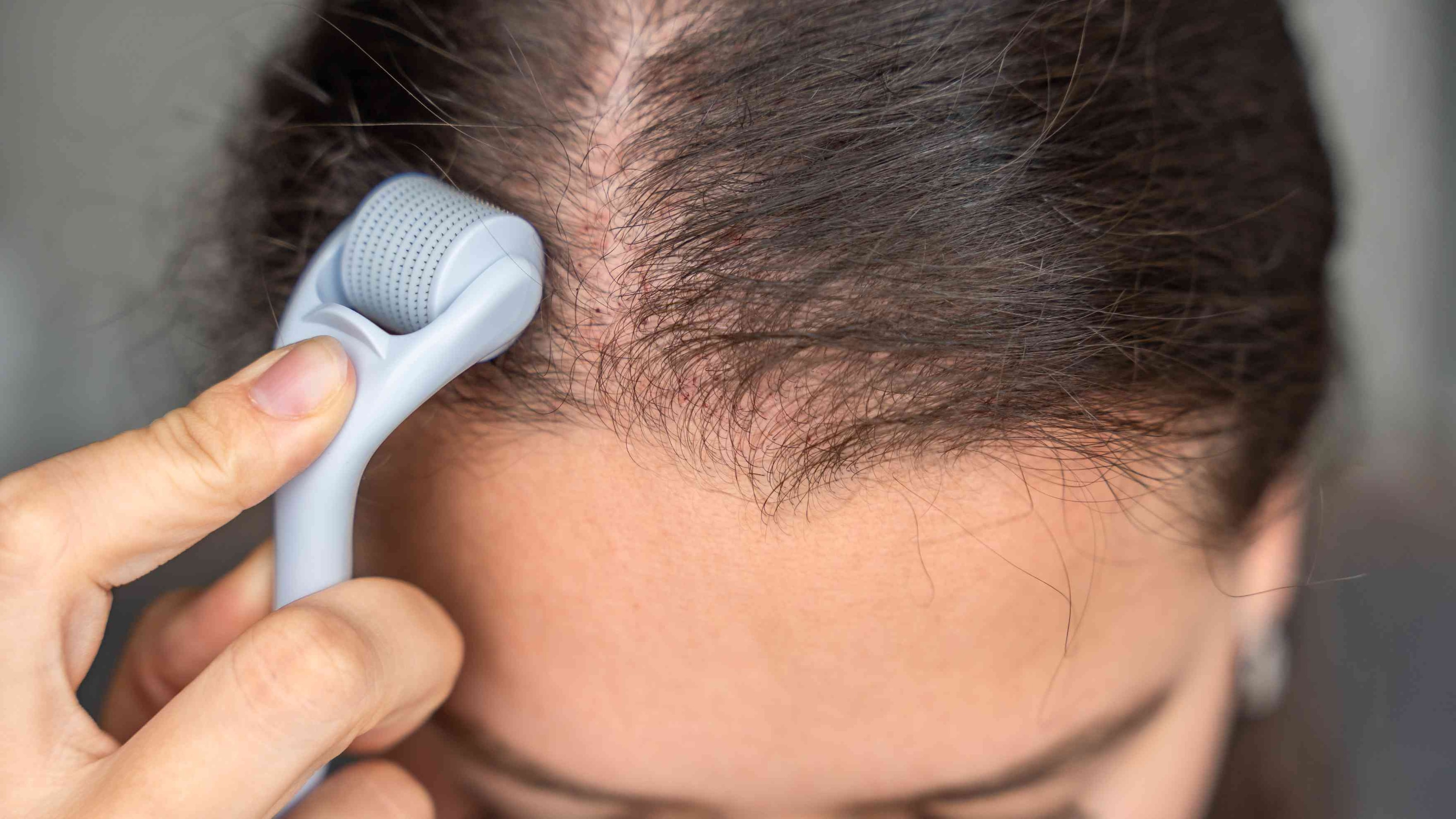
- Beginners: Once every 10–14 days
- Intermediate users: Once a week
- Avoid overuse to prevent scalp irritation
Cleaning & Sanitization Tips
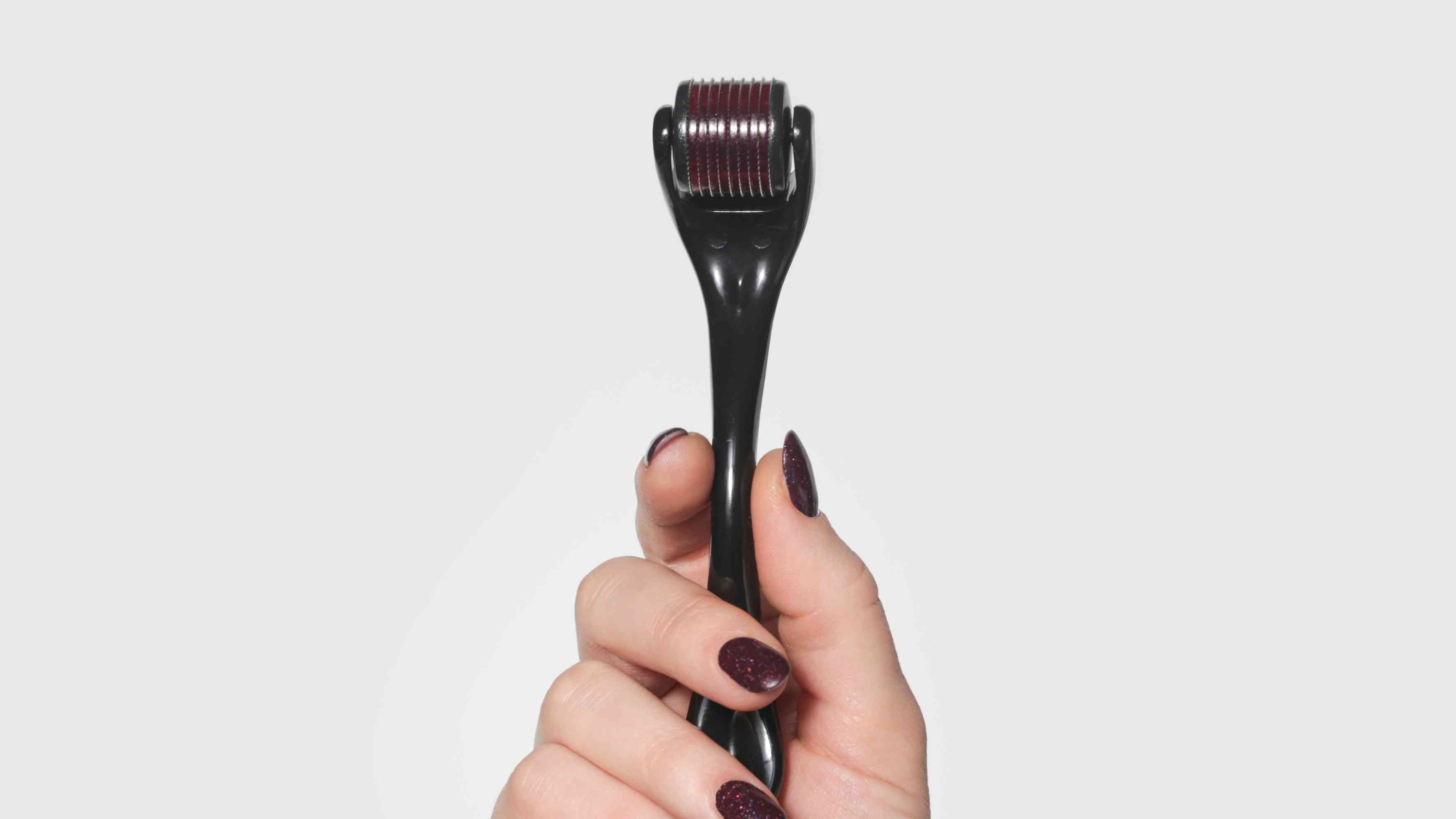
- Wash the derma roller with warm water immediately after use
- Soak in 70% isopropyl alcohol for 5–10 minutes
- Let it air-dry completely before storing
05Best Practices to Maximize Results
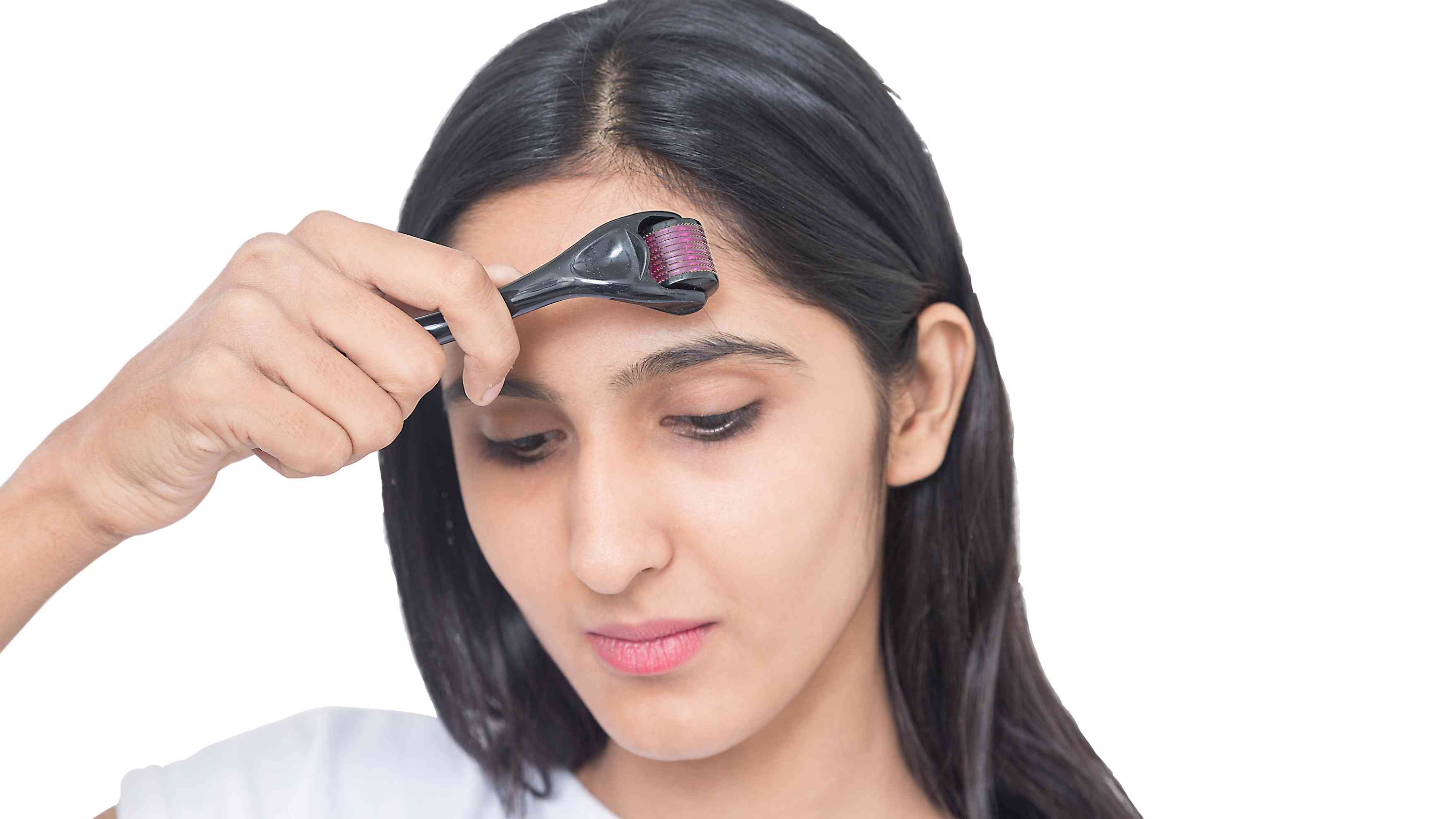
- Pair with nourishing oils like rosemary, argan, or castor oil
- Stay consistent – visible results may take 8–12 weeks
- Eat a balanced diet rich in vitamins and protein
- Reduce stress through yoga, meditation, or daily walks
- Avoid tight hairstyles or harsh treatments during the regrowth phase
06Derma Roller for Different Hair Concerns
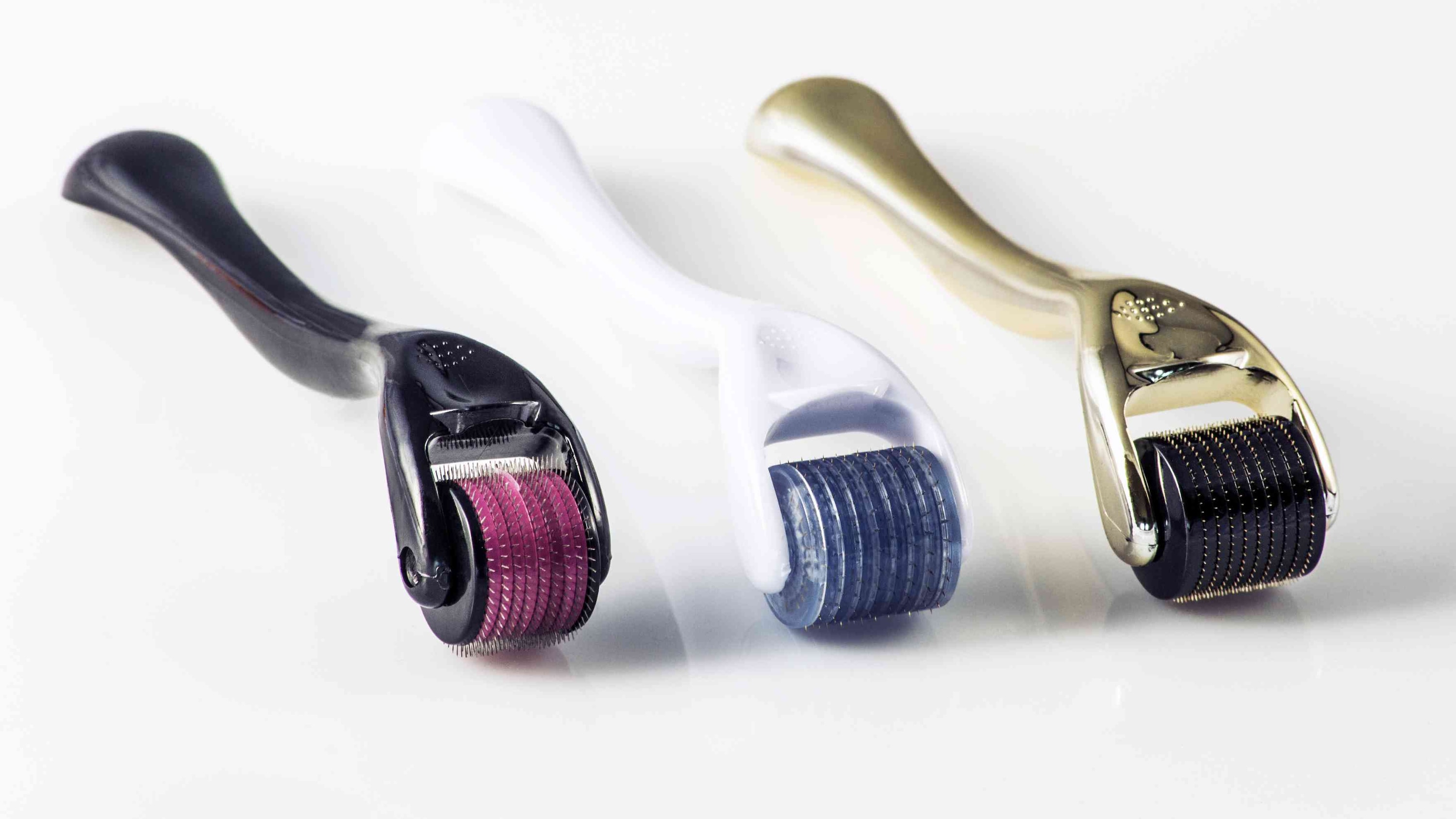
Wondering if it works for your specific hair issue? Here's how the derma roller helps:
- Hair thinning at the crown: Stimulates regrowth in sparse areas. Ideal for those noticing visible scalp or widening part lines.
- Receding hairline: Encourages hair to return at the temples. Helps restore density and frame the face naturally.
- Patchy growth: Boosts even regrowth by targeting dormant follicles. Promotes fuller coverage across uneven hair zones.
- Postpartum hair loss: Aids recovery when used with scalp-nourishing products. Supports hair revival during the postpartum shedding phase.
07Best Derma Roller for Hair Growth: What to Look For
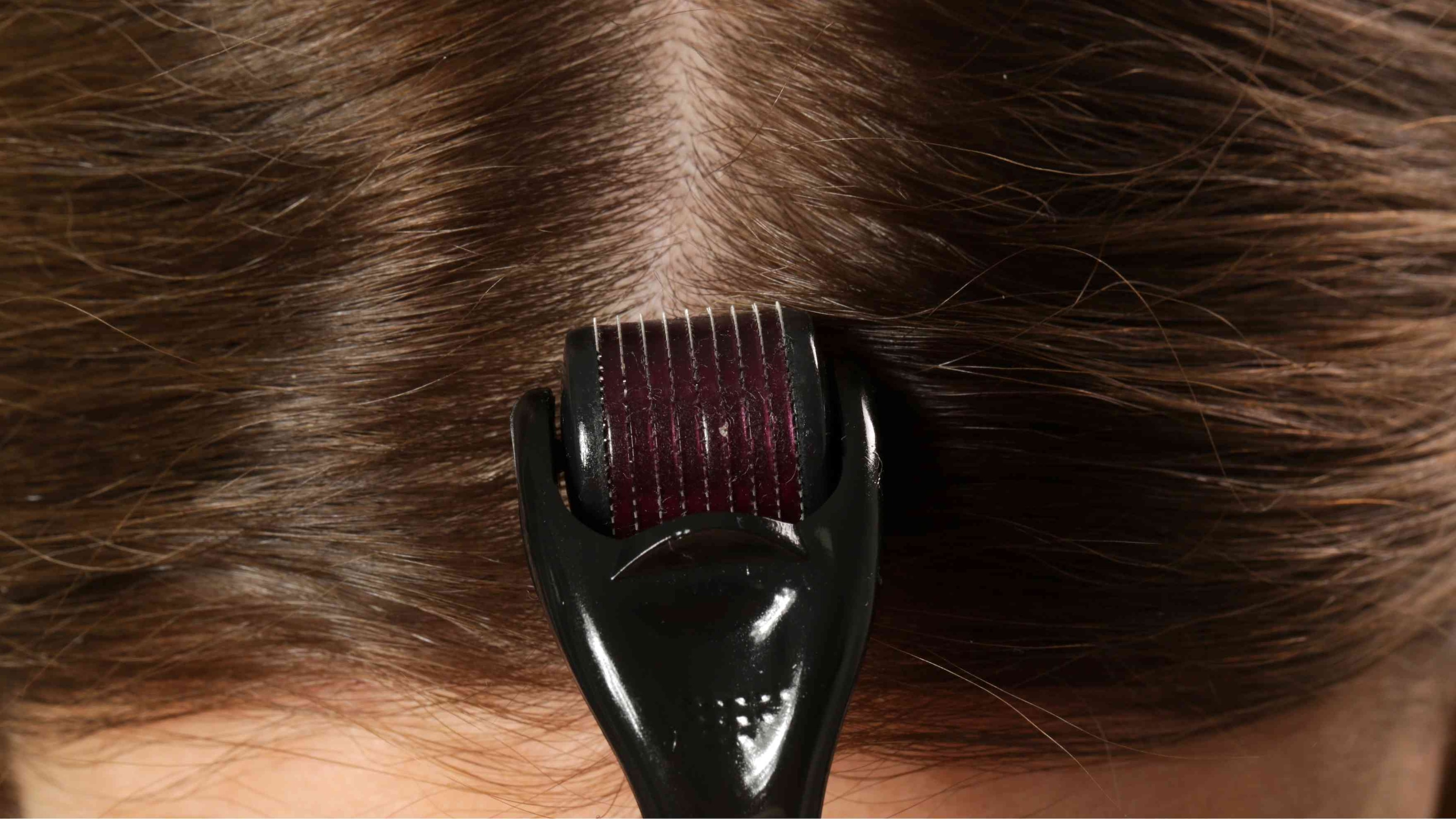
Before you buy, here are dermatologist-approved tips on how to choose the best derma roller for hair growth:
-
Needle Material: Choose titanium or medical-grade stainless steel for durability and safety
-
Needle Length:
-
0. 25mm–0. 5mm: Best for product absorption and beginners
-
1. 0mm: For deeper penetration and advanced users
-
Build Quality: Ensure the roller is sturdy, with tightly packed needles
-
Easy-to-clean design: Look for rollers that come with protective cases or caps
Pro Tip: Avoid very cheap rollers—they may bend, rust, or damage your scalp.
08Side Effects and Precautions You Should Know
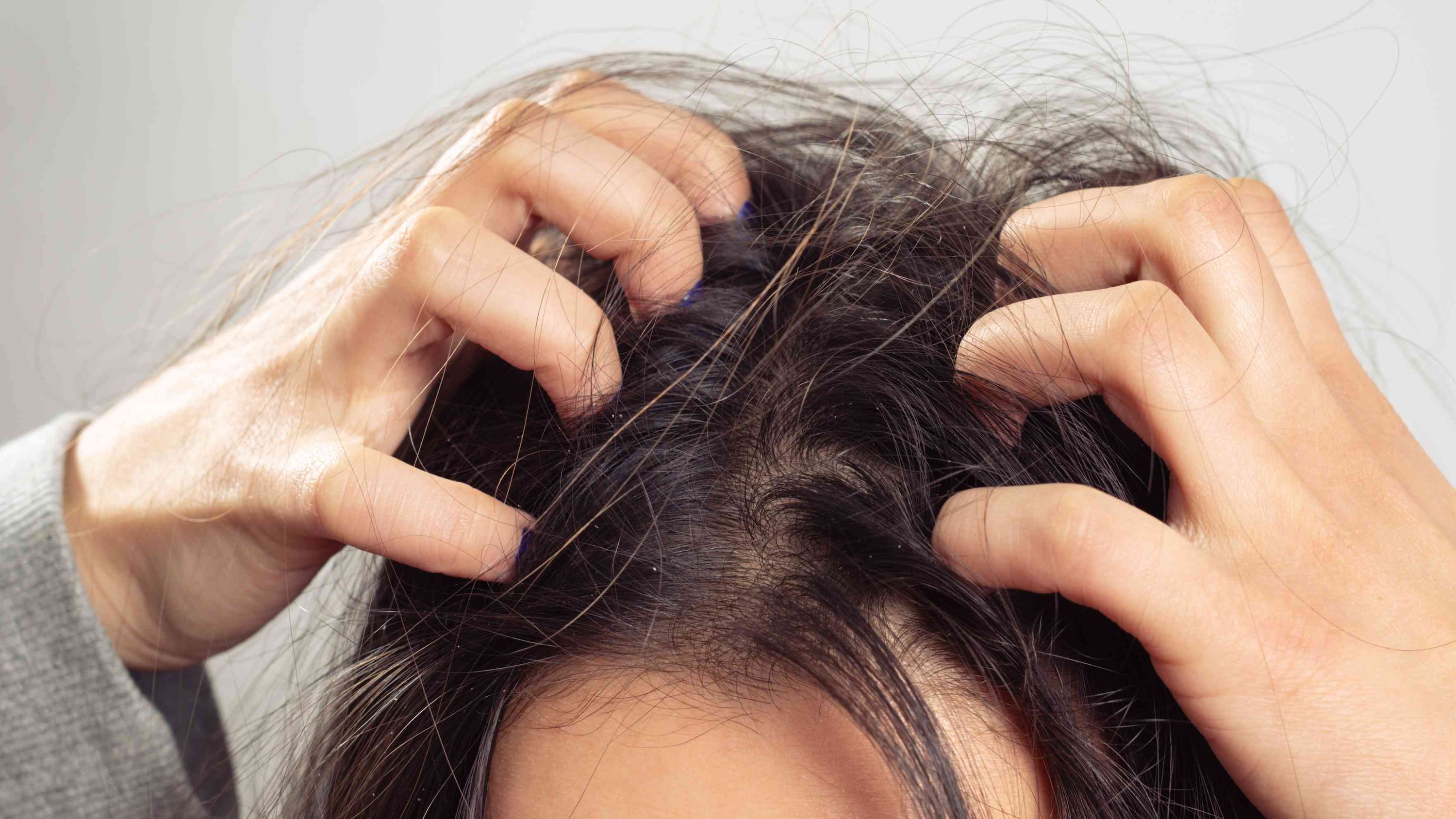
Microneedling involves creating tiny punctures in the skin, which naturally triggers the body's healing response. As a result, some temporary side effects are expected:
- Redness or irritation : These are typical right after treatment as the scalp reacts to the micro-injuries. Redness usually fades within 24–48 hours.
- Scalp sensitivity: The treated area may feel sore or tender, especially if you're new to derma rolling or using longer needles.
- Dryness or flaking: As your skin heals, mild peeling or dryness may occur. This is usually temporary and improves with proper hydration.
- Tingling sensation: A mild stinging or tingling feeling can be felt during or after treatment and should resolve quickly.
- Minor bleeding: Slight bleeding may occur, particularly with deeper needles (above 0. 5mm). This is a sign to ease up on pressure or switch to shorter needles.
These symptoms usually subside within 24–48 hours.
Potential Risks & Complications
While uncommon, there are a few risks to be aware of—especially if microneedling is done incorrectly or without proper hygiene:
- Infection: Using a dirty derma roller or rolling on an unclean scalp can allow bacteria to enter the micro-punctures, leading to infection.
- Allergic reactions: You may be sensitive to the derma roller materials (such as nickel) or to topical products applied afterward, like serums or oils.
- Scarring: Applying too much pressure, using needles that are too long, or microneedling too frequently can damage the scalp and potentially lead to scarring.
- Increased hair fall: If done aggressively, microneedling can traumatize hair follicles or worsen hair loss—especially if there's underlying scalp inflammation or infection.
09Tips to Minimize Side Effects
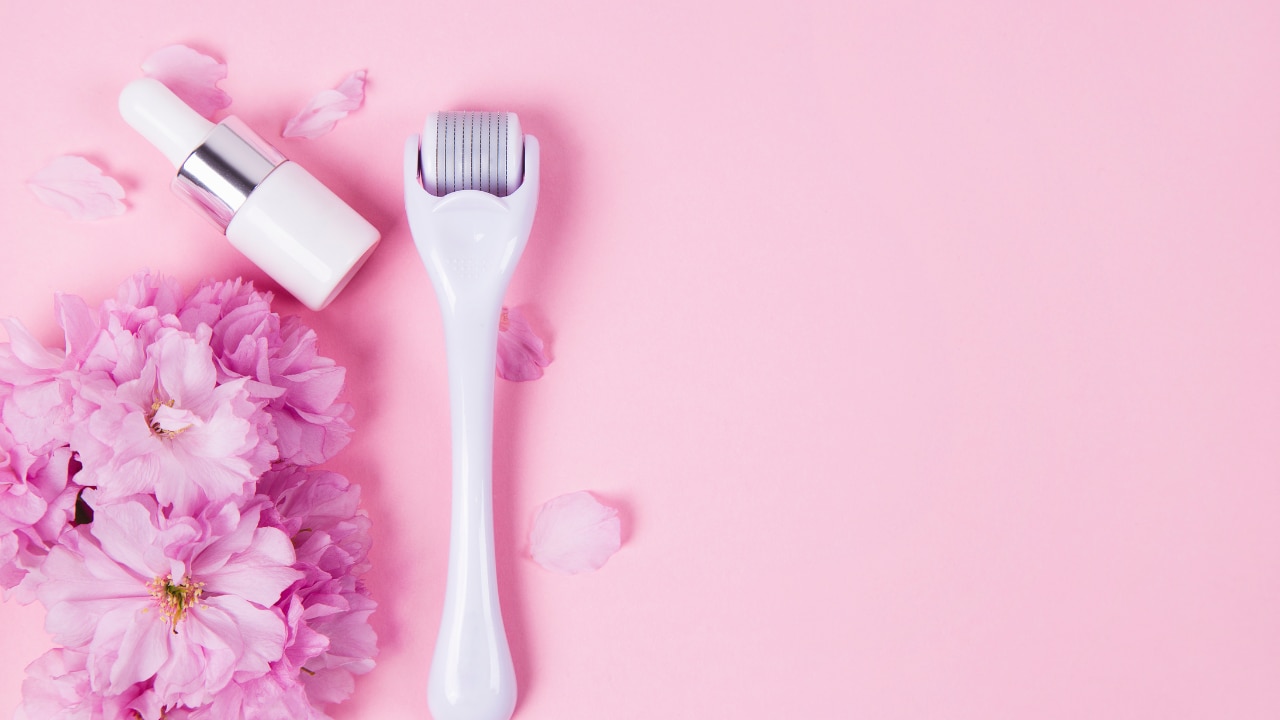
To keep your treatment safe and effective, follow these expert-backed precautions:
- Ensure sterility: Always disinfect your derma roller with rubbing alcohol before and after each use. Store it in a clean, dry place to avoid contamination.
- Start with shorter needles: Beginners should stick to 0. 25mm–0. 5mm. Only increase needle length if advised by a professional.
- Consult a specialist: Speak with a dermatologist or trichologist, especially if you have skin conditions like eczema, psoriasis, or active scalp infections.
- Follow proper aftercare: Avoid sweating, intense workouts, or hot showers for 24 hours post-treatment to reduce the risk of irritation or bacteria entering open pores.
- Avoid broken or irritated skin: Never use the derma roller on areas with active acne, wounds, rashes, or sunburn. Doing so increases the risk of scarring and infection.
10Who Should Avoid It?
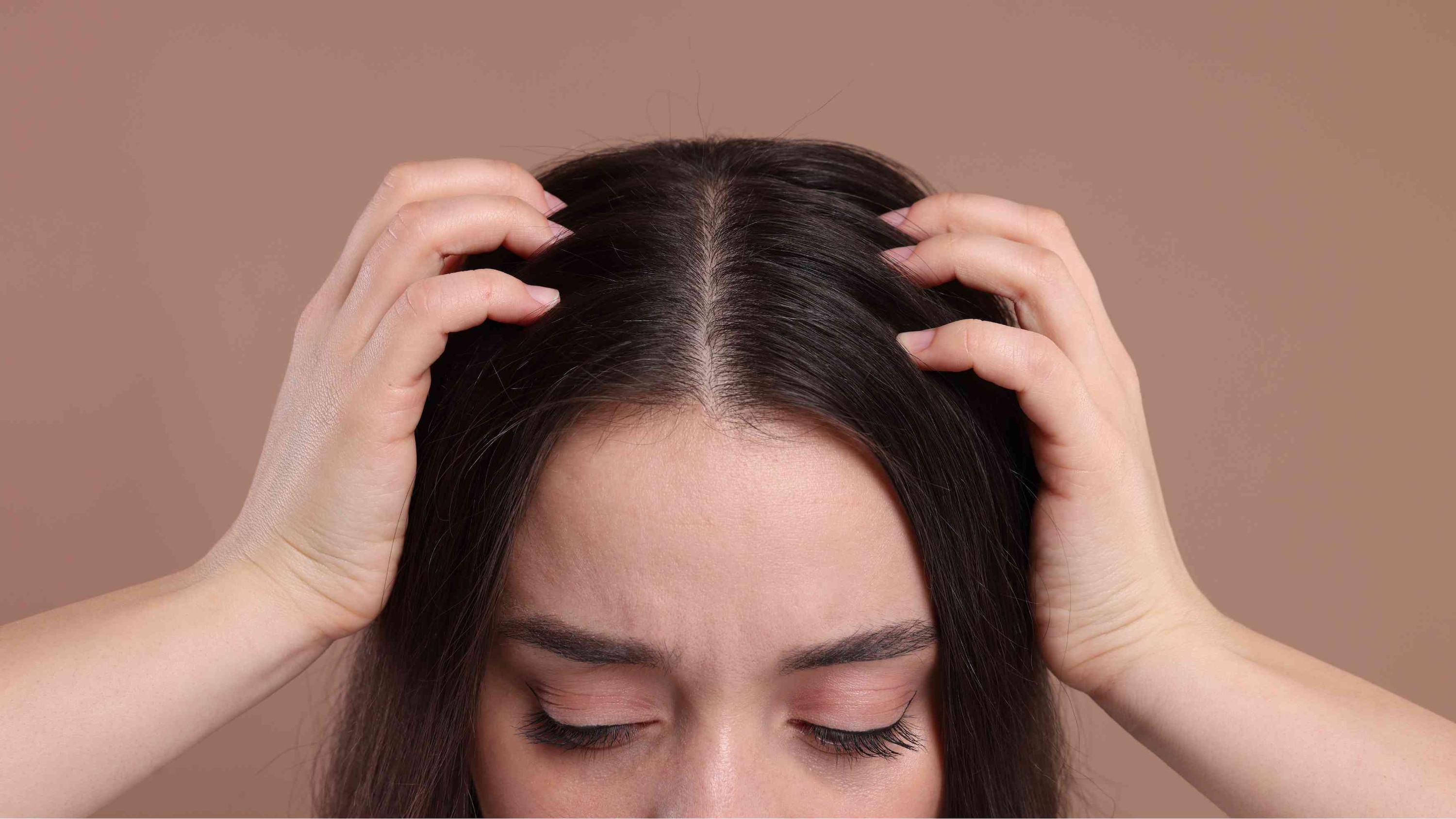
- People with active scalp infections, eczema, or psoriasis
- Individuals on blood-thinning medication
- Those prone to keloid scarring
- If you have severe alopecia or a sensitive scalp, consult a dermatologist first
11Conclusion
A derma roller for hair isn't just a trend—it's a scientifically backed tool that can help you reclaim stronger, fuller hair when used correctly. The key lies in using the right technique, quality tools, and supportive products like the LBP Natural Argan Oil & Lavender range, which gently cleanse and nourish the scalp.
Whether you're dealing with general hair thinning or specific bald patches, microneedling can be a worthwhile addition to your routine—just remember to stay consistent and patient with the process.
12FAQs on Derma Roller for Hair Growth
Q1: Does derma roller work for hair?
Yes. Clinical studies show that microneedling with a derma roller improves hair density and regrowth, especially when combined with topical treatments.
Q2: How to use derma roller for hair at home?
Clean your scalp, roll gently in different directions over thinning areas, and apply nourishing oils or hair masks. Clean the roller after use.
Q3: What is the best derma roller needle size for hair growth?
For beginners, start with 0. 5mm. Advanced users can try 1. 0mm once your scalp builds tolerance.
Q4: Are there any side effects of using a derma roller for hair?
Some people may experience temporary redness or irritation. Avoid if you have scalp infections or skin conditions.
Q5: Can I use the derma roller with my shampoo and conditioner?
Yes! For best results, use a gentle, nourishing formula like the LBP Natural Argan Oil & Lavender Anti-Frizz Shampoo and Conditioner, which support scalp health without stripping natural oils.

